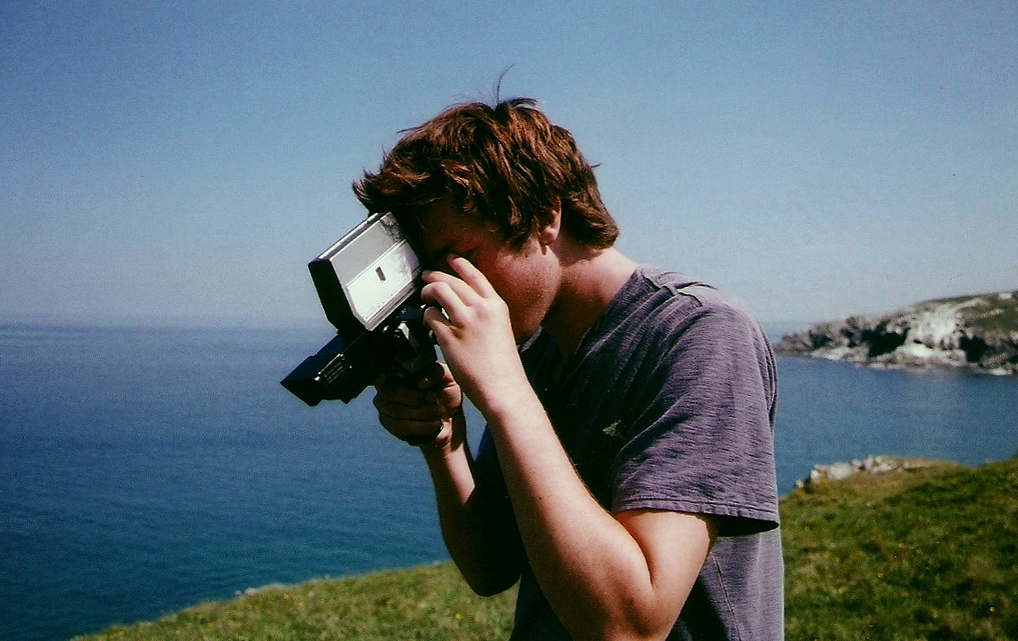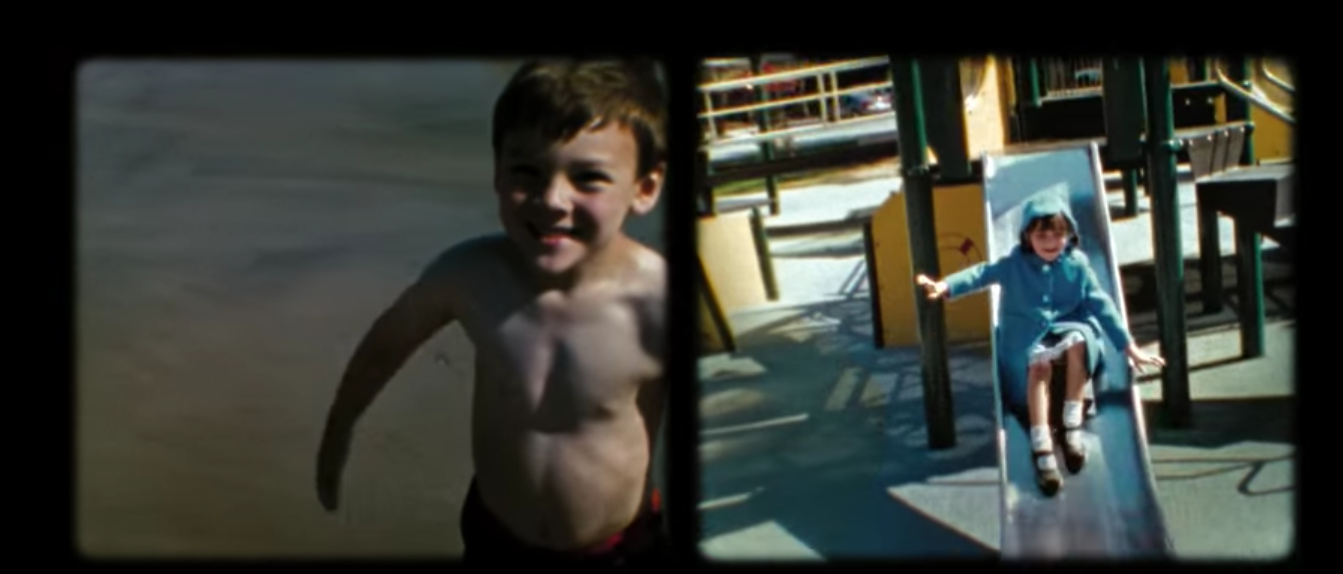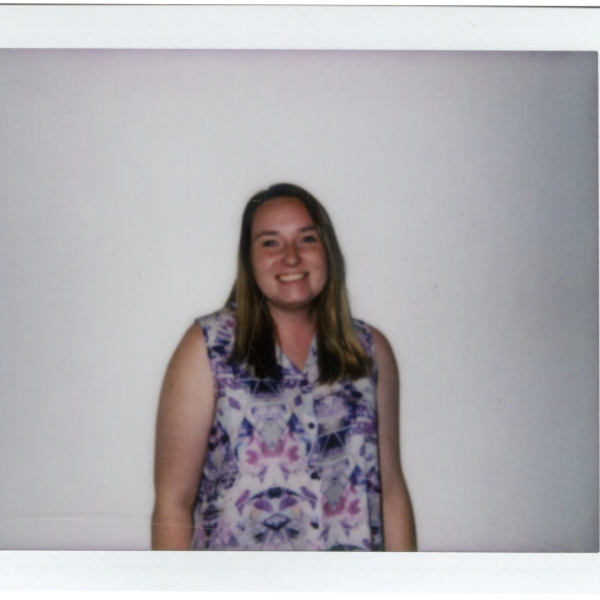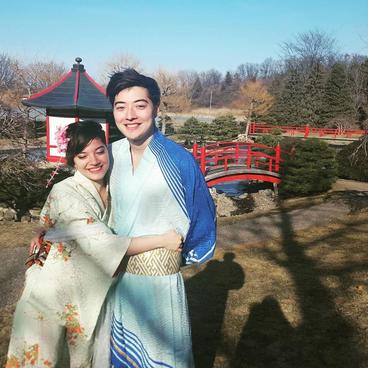
FEATURED ESSAY
The Kodak Company introduced Super 8mm film in 1965 as an easier, cheaper, and overall better option for home movies. The film was easily loaded into the camera, and was sent away to be processed. Film was available in black and white or color, and were silent until 1973; when Kodak added a magnetic sound strip to the side of the film. With the addition of the sound strip, the filmmaker was able to record sound separately, and then had it played together with their final film. This technology was revolutionary as it could be used by everyday people and artists alike, however, with the later inventions like the VHS camcorder, Super-8 sales slowly declined. Kodak ended production of cameras that use Super-8 film for many years, but due to its recent popularity, they announced that an updated model will be available in Fall 2016.
Because of its low-cost and accessibility, “Super-8” became a film of choice for contemporary artists. During the 70s, the graininess of the film was the best quality for a home-movie, but after the invention of newer technologies, artists continued to use Super-8. The vintage aesthetic became desirable and added something to the content of their films. Because of the film’s original usage, the audience is transported back to the 1970s home. The transportation can create joyful, nostalgic memories: such as the opening to the film 500 Days of Summer, or they can be eerie or frightening, like the snuff films found in the 2012 film, Sinister.

In my opinion, when an artist uses Super-8 film, they want you to ask questions. Because of the grainy quality, not every little detail is shown. This is not your 3-D, IMAX, widescreen, digitally shot film. A filmmaker who chose to shoot with Super-8 deliberately added the quality on top of the content of their film. So, I think it is important to ask ourselves, why? Why did they choose Super-8 as a medium? Think about what you are feeling during the film. Would you have felt differently if the film was shot digitally? How?
Come see Super-8 films at WAM today! MOVIES AT WAM takes place Wednesday July 13th from 7:00 to 11:00 pm. The event will feature contemporary films by local artists, as well as a special screening of attendees home movies! Register to attend and sign up to screen your own home videos at z.umn.edu/wamfilms.
Can't make it tonight? Sunday September 11th is the Silence and Echoes film screening, a parting event for our summer feature show Silence & Echoes. Join us from 11:00 am to 3:00 pm for bagels and OJ, as we view our way through the WAM film archive.
Caitlyn Carr
Caitlyn Carr is a senior at the University of Minnesota majoring in Art History with a minor in CSCL. Originally from Chicago, she is loving her time in the Twin-Cities (though she misses her beloved Cubbies). Her passions include traveling, dancing, communicating only through emojis, and of course, telling anyone who will listen how amazing WAM is. Just back from a semester in Italy, she is thrilled to be more involved with the Collective for the upcoming year!



